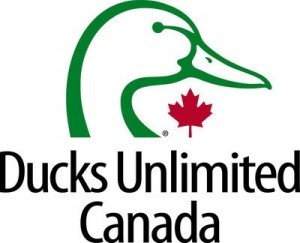Watershed Restoration
Restoration Services
RESTORATION SERVICES
The NPCA is taking action to restore and improve water quality, wildlife habitat and forest cover across the NPCA watershed.
Through our restoration services, we envision: ‘Fostering collaboration among partners in the watershed to protect and restore water quality and diverse habitats by completing projects that meet the long-term mandate of the NPCA.’
Did you know? The Niagara Peninsula watershed is highly degraded in contrast to what conservation literature suggests is required for a healthy and sustainable watershed. NPCA water quality monitoring results reflect this indicating that most of the surface waters in the Niagara Peninsula watershed are either poor or impaired.
LEARN ABOUT THE WATER WELL DECOMMISSIONING PROGRAM HERE.
NPCA RESTORATION SERVICES ARE shaped by the following Guiding Principles:
- Embracing partnerships and shared responsibility;
- Leveraging funding opportunities together;
- Promoting of adaptive management to meet the changing needs on the landscape;
- Conveying awareness of the benefits of environmental restoration and to celebrate success.
THROUGH RESTORATION EFFORTS, OUR GOALS ARE TO:
- Improve water quality, wildlife habitat, and forest cover to the benefit of local ecosystems and the overall health of the watershed;
- Monitor, assess, and communicate the change of these conditions in the watershed; and
- Enable innovative approaches, partnerships, and solutions to improve water quality, wildlife habitat, and forest cover.
program targets:
- 500 ha- Forest restored
- 1,000,000 native trees
- 1,000,000 native shrubs
- 100,000 of herbaceous plants
- 40,000 ha - Wetlands restored
- 50 ha - Riparian habitat
- 600 ha - Total natural cover added
programs & service areas:
Internal restoration services
- Ecological restoration and stewardship activities on NPCA lands
- Supporting the development of: Management Plans, Watershed Strategies, CA Strategy, Capital projects (LID), climate adaptation and mitigation initiatives.
- Developing an inventory of restoration and stewardship opportunities.
- Engagement with volunteers/corporate groups
Watershed restoration services
- Restoration and Stewardship leadership for municipal partners and other stakeholders. Implemented through service level agreements and/or fee-for-service.
- External ecological restoration projects, plans, and strategies such as habitat creation and enhancement, class EA flood erosion control projects, invasive species management
Private land services
- Focus on improving water quality, habitat and forest cover.
- Program prioritization will continue to support projects with the greatest ecological value.
Agricultural stewardship services
- Outreach and education, including demonstration projects and on-farm workshops.
- Incentives for implementing agricultural best management practices such as nutrient management projects, livestock exclusion fencing, and erosion control projects.
- Supporting agricultural stewardship initiatives in the watershed.
Urban stewardship services
- Expanding and formalizing community stewardship/engagement and volunteer programs to promote and encourage climate action, sustainable neighbourhoods and backyard stewardship.
Corporate stewardship services
- Creating opportunities for corporate volunteerism, stewardship initiatives at their business. Based on fee-for service model to recoup costs, could be implemented in collaboration with NPCF.
- Corporate team building through hands-on environmental volunteering (e.g. park cleanup, invasive species removal)
- Pollinator garden, reducing environmental footprint greening corporate grounds, planting native trees, etc)
Native Trees & Plants- Our Restoration Work
As the public becomes more concerned about the environment, the interest in the preservation and restoration of native plant communities increases as well. Native plants are valued for their economic, ecological, genetic, and aesthetic benefits in addition to the growing societal belief in their intrinsic value as living species.
Using native plants to restore the landscape or as a substitute for exotic ornamental plantings can help to reverse the trend of species loss. Although the methods may differ, native plants require the same level of care in installation and establishment as do ornamental plants. If the environment has been altered significantly through human activities, some work will be necessary to recreate an environment more hospitable to natives. However, in the long run, natives will, in most cases, form self-sustaining plant communities that do not require much maintenance.
The NPCA uses native trees and shrubs in all of its restoration program projects and initiatives. To find local native trees, plants, and shrubs supplier, visit our Conservation webpage. For more on our Community Outreach and Engagement work, visit our Get Involved section.
RESTORATION PROJECT CATEGORIES
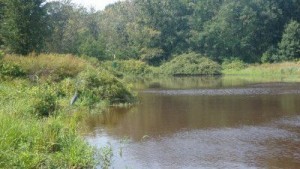
Wetland Habitat Restoration
Wetland projects designed to improve local water quality, habitat, and floodplain capacity.
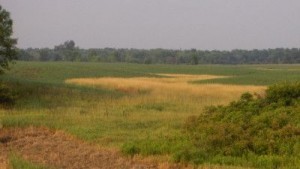
Agricultural Best Management Practices
On-farm soil stabilization projects designed to reduce erosion, compaction and sedimentation; and improve habitat connection through wildlife corridors.
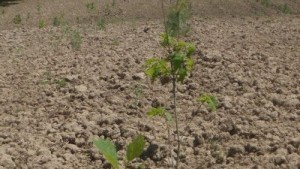
Tree Planting/Woodland Restoration
Tree planting to reduce forest fragmentation and increase forest cover by creating wildlife corridors.
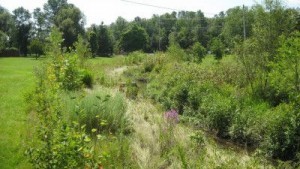
Instream/Riparian Habitat Restoration
Projects designed to improve habitat and water quality in watercourses.
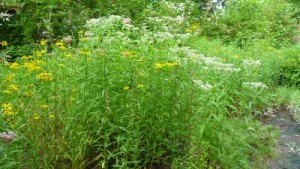
Upland Habitat Restoration
Enhancing/ creation of upland terrestrial habitat including meadows and pollinator habitat.
